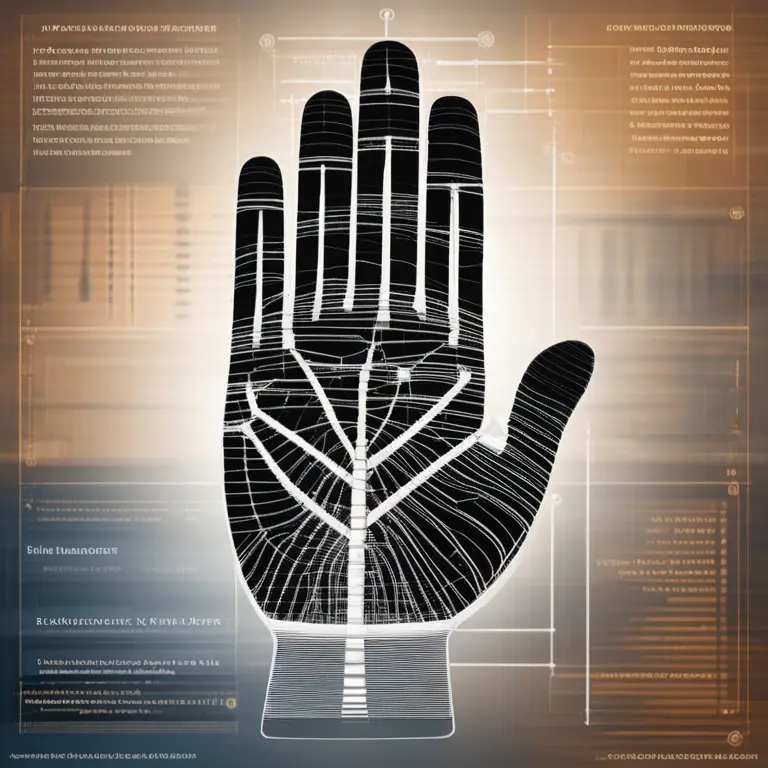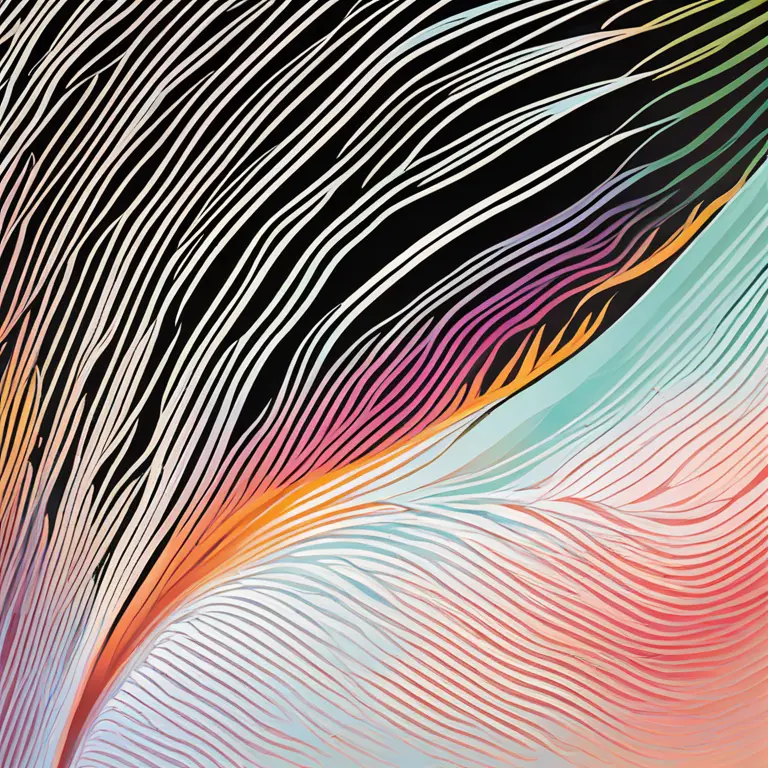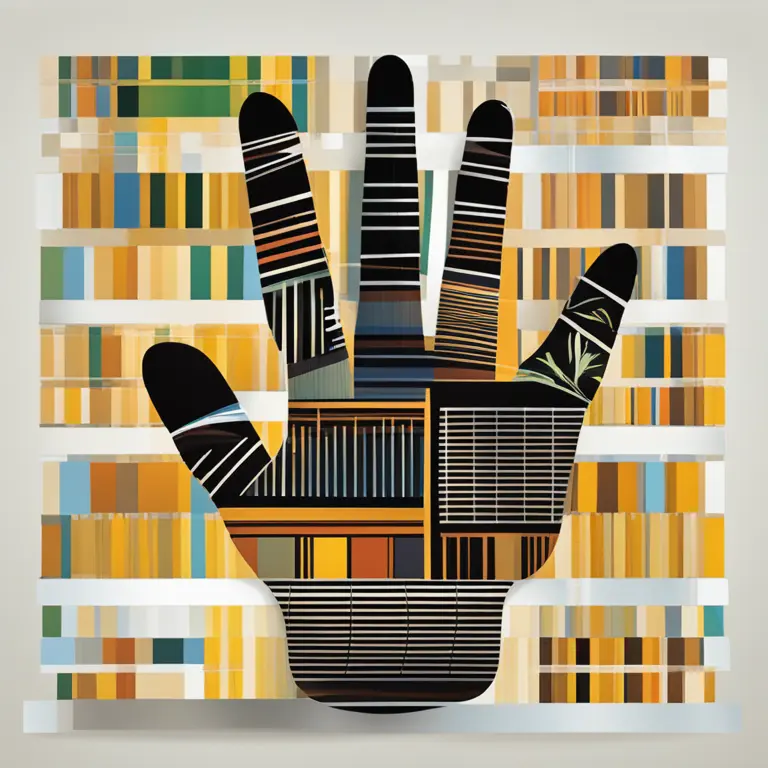
The Origin of Palm Lines: A Detailed Insight
Discover the science behind the formation of palm lines and their significance in palmistry.
article by Nora Pennington
Palmistry's Foundations
Palmistry, or chiromancy, has intrigued humans for centuries. It is an ancient practice that interprets the lines on our palms to foretell the future and unveil personality traits. At the heart of this practice is a central question: what creates these distinct palm lines? Before delving into the mystical interpretations, let's explore the biology and genetics underlying the palmar creases. Science informs us that these lines begin to form even before birth and are largely completed by the 12th week of gestation, showcasing an intriguing intersection of physiology and destiny.

Genetic Underpinnings
Genetics play a pivotal role in the formation of our palm lines. Research into dermatoglyphics, which is the study of the patterns of ridges on the skin of the fingertips, palms, and soles, has revealed that our genetic blueprint dictates where and how these lines develop. While everyone has three dominant lines—the heart, head, and life lines—the depth, length, and definition of these lines are inherited traits. This genetic link extends to the unique prints we carry, solidifying our connection to our ancestry.

Embryonic Folds and Stresses
The creation of palm lines is also a structural consequence of the hand's development in the womb. Embryologists explain that as a fetus grows, the skin of the hands fold and crease, accommodating the underlying structures and motions. These creases potentiate proper hand function and flexibility. Repetitive motions in the womb, such as opening and closing the hands, deepen the lines until they form permanent features, illustrating that both static genetics and dynamic motion craft the palmar design we see in later life.

The Variations in Palmar Lines
Interestingly, while there are patterns to the occurrence of palm lines, each individual's palm is unique. The diversity in palmar lines mirrors the diversity in human experience. Factors such as ethnic background, familial inheritance, and environmental influences can affect the formation of palm lines. Twin studies have shown that monozygotic twins, who share identical DNA, also exhibit very similar palm patterns, highlighting the strong genetic basis of these features, while still reflecting subtle differences shaped by their individual experiences.

Medical Insights from Palmar Lines
Beyond mysticism, palm lines have also offered medical insights. Certain palmar crease patterns have been linked to genetic conditions. For example, a single transverse palmar crease, historically known as a simian line, can be indicative of chromosomal abnormalities such as Down syndrome. However, its presence is not a diagnosis in itself but rather a potential signal for further investigation. This exemplifies how the convergence of palmistry and medical science can lead to deeper understandings of human health.
Palmistry's Adaptation to Modern Times
As we venture further into the 21st century, palmistry adapts to new discoveries in genetics and dermatoglyphics. While the exact mechanisms connecting palm lines to personality and destiny are still under debate, modern practitioners incorporate these scientific findings into their readings, offering a blend of ancient tradition with contemporary insight. This archival knowledge, in conjunction with emerging technology, continues to evolve the field of palmistry, creating a narrative that's as complex as the lines it studies.
Published: 2/1/2024
Modified: 2/1/2024
More predictions
Come back here soon to learn more about yourself and your future


The Essence of Palmistry: Insights Through Hand Analysis
Discover the ancient art of palmistry and how reading your palm's lines can reveal insights into your personality, potential, and life's journey.


Palmistry's Essential Lines: A Guide to Hand Reading
Delve into the mystique of palmistry with this insightful guide to the key lines in hand reading, revealing personal insights and future tendencies.


Palmistry and Wealth: Reading the Hands of the Prosperous
Dive into the intriguing world of palmistry to discover the signs that may indicate wealth and success present in the palms of the affluent.